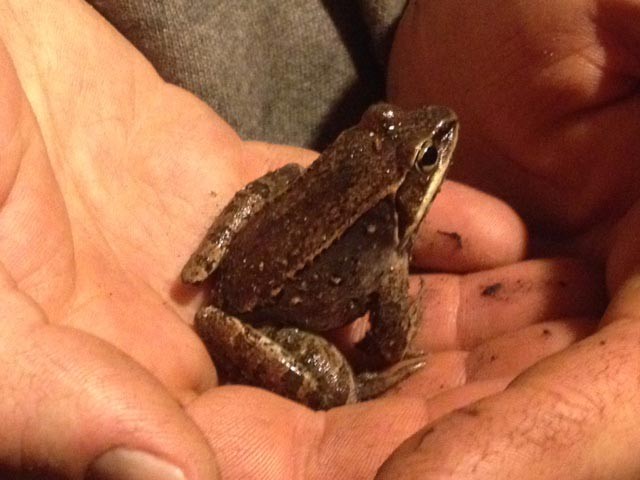I boiled for 14 hours the other day, and in between draws and fire-loadings read a column by David Brooks in The New York Times about marriage. He said that people tend to view the institution in three distinct ways. There’s the practical, analytical approach, where you identify characteristics in a prospective spouse that suit your own. There’s the romantic approach, where white hot courtship fuses two individuals into one, and after the bloom fades the weld holds. Then there are what he calls moral unions, where marriage exists to serve a higher purpose. Through this lens it’s not about two individuals trying to satisfy their own needs, but rather about eschewing individualism and directing ones energies into a partnership, an act that allows the participants to be less self-absorbed and, as a result, more fulfilled.
It strikes me that this basic outline can be applied to a sugaring operation, too. We can love our sugarwoods in a very practical, analytical way. Gaze out at the web of tubbing that ties every tree together with an industrious pride that Max Weber would have recognized. Or we can hang buckets from trees we’ve known since childhood and love them in a storybook, Shel Silverstein way. Both these approaches speak to something that’s innate in the human psyche.
The higher-purpose relationship we can have with our sugarwoods is more learned – it’s part of an environmental ethic that evolves in us over time – and is thus not as intuitive. Through this lens sugaring is not as much about raw production, or romance, as it is about a partnership between human and tree. Sugaring can be a moral project in which we expend time and energy to make our little patch of woods a little better. We can get as jazzed noting the rich fecundity of the place in summer, a fecundity we helped promote, as we do with achieving .4 gallons per tap in spring. We spend time that can’t be monetized in the off-season cutting trees to promote maple regeneration, just so we can imagine someone else sugaring the land here long after we’re dead.
Philosophy and little “r” religion don’t get discussed much in popular media these days, so our depictions of both marriage and forest stewardship tend to fall on the practical and romantic plains. But the higher-purpose stuff seems just as important, if for no other reason than it allows us to better understand ourselves. Why would anyone come home from work after a long day and then stay up until 1 a.m. boiling sap before going to bed, waking up, and doing the same thing over again? Why would we blow our savings on a chainsaw and Farmi winch and not on a trip to the Italian Riviera? That sugaring is a romantic endeavor that generates a modest financial return is just part of the answer.
Anyway, we’ve been consistently busy since my last blog post, which production-wise has been a blessing. The warm weather did indeed shut things down for a few days last week, but we got a good two-day run on the front end of it, and another good run when it touched freezing last Friday night. We made our target crop last weekend, and are now in bonus territory. If we get a good run with the cold weather they’re predicting this weekend and early next week, we’ll go from having a solid year to having a good year.
The question now for sugarmakers in southern Vermont and similar latitudes will involve the quality of the sap that’s collected from here on out. The silver maple in my yard broke bud late last week, which on most years is an indication that the quality sap is over. When the trees flower, the biochemistry of the sap changes and off-flavors develop. But the hard maple buds are still closed, and the hillside microclimates where we tap are always colder than conditions in my yard. Things could be alright, but we won’t really know the story until we taste the syrup that’s produced. In 2014 and 2015 we made a lot of light syrup and very little dark syrup, so if we’re lucky we’ll fill some drums with the strong but good-tasting dark stuff that used to be called Grade B this weekend and early next week. If we’re unlucky and the syrup is “buddy,” we’ll probably end up calling it a year. Off-flavor syrup that’s unfit for table use is sold as commercial grade and goes into maple flavoring or raw sugar. I’ve heard the commercial price is way down at the moment, so we’ll have to get some quotes and do a calculation to figure out if it’s worth it.
The whole natural world seems to be doing similar calculations. I haven’t heard peepers in great numbers yet, but a wood frog joined us in the sugarhouse on March 10. Some of the roadside popple is in flower, some of it isn’t. The mallards that usually show up on the pond in early April showed up on March 11. Our first steps into spring seem especially unsteady this year, and potentially perilous if winter decides better late than never. We’ll all see what’s going to happen.


